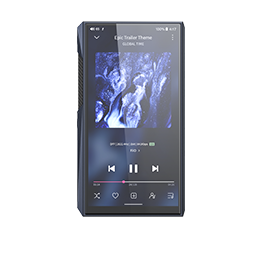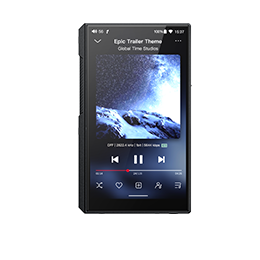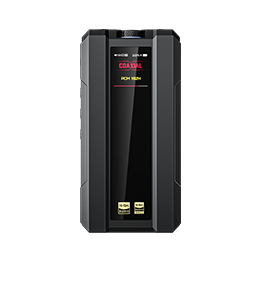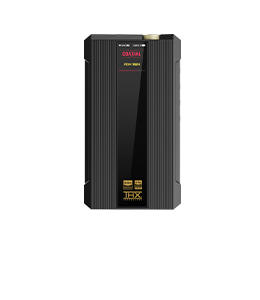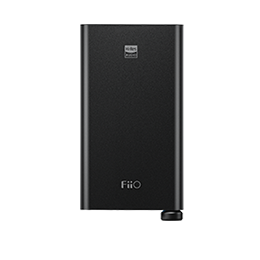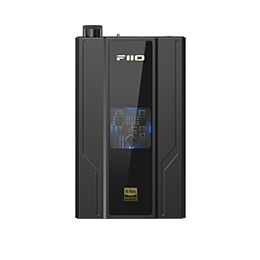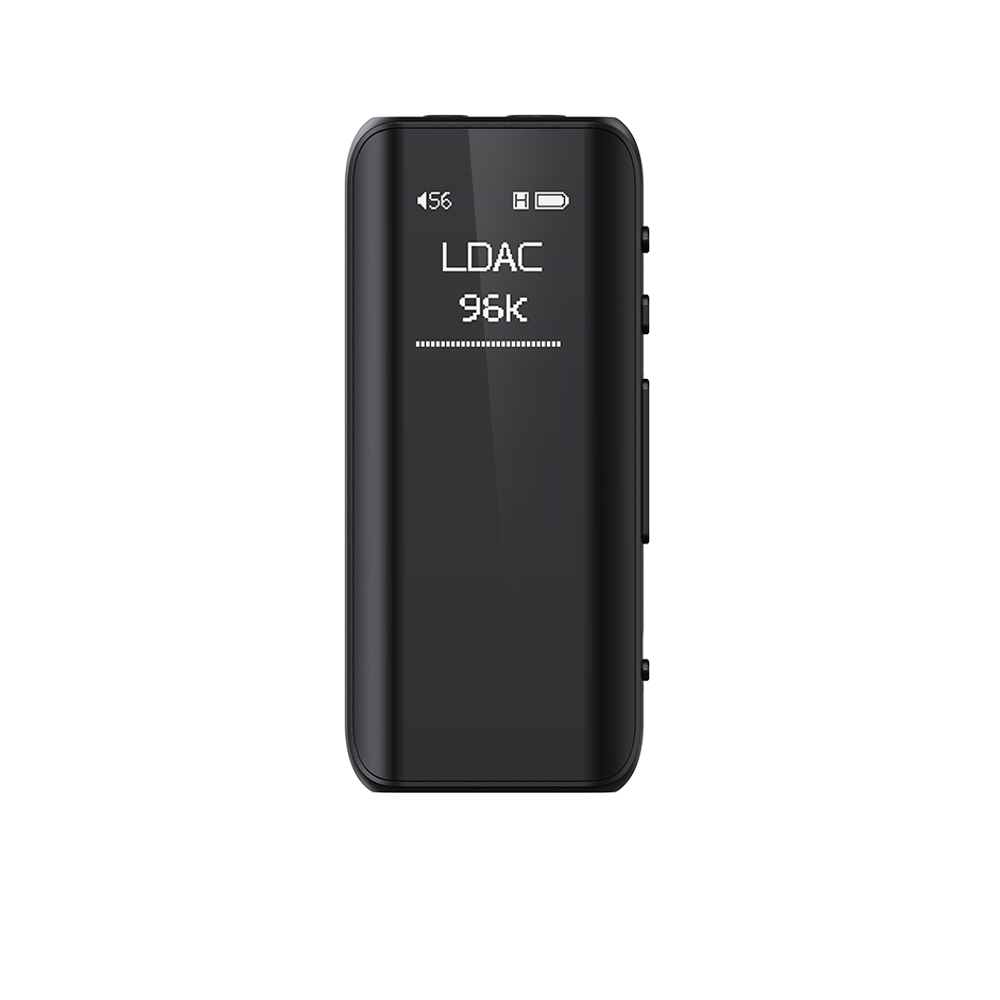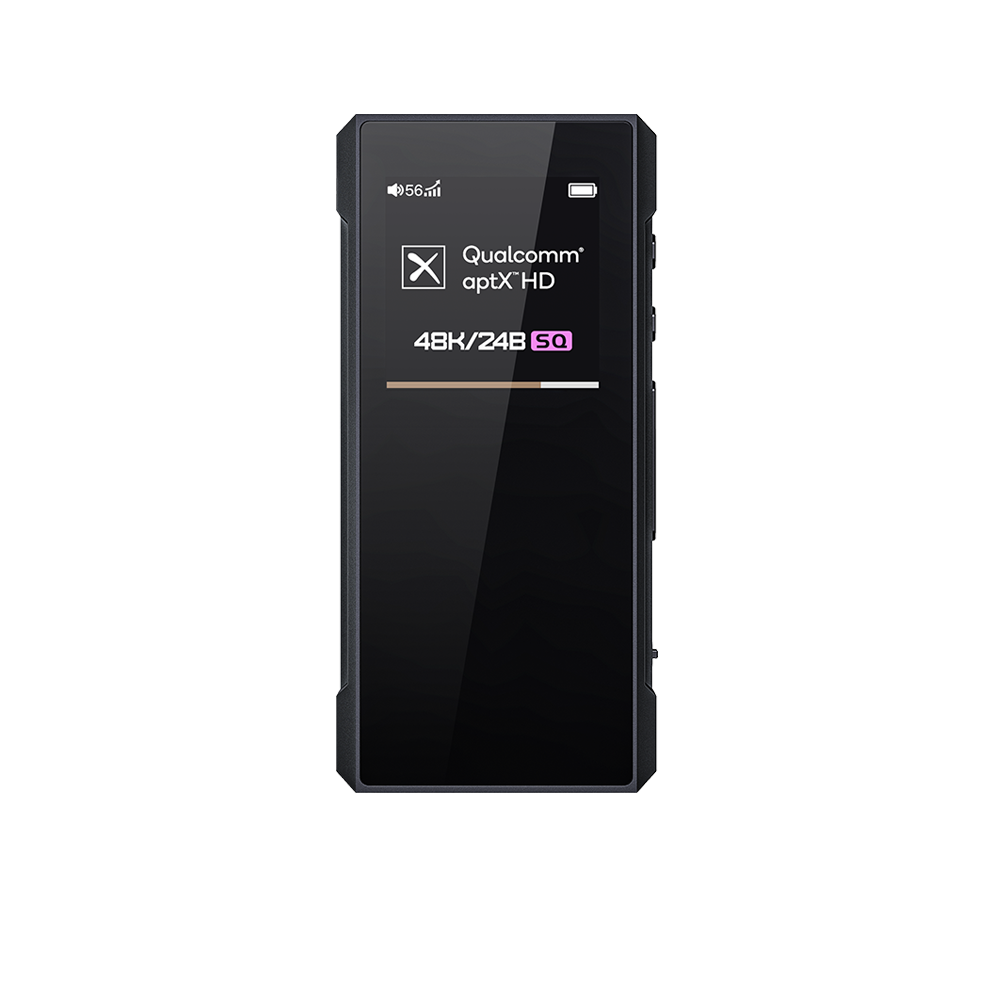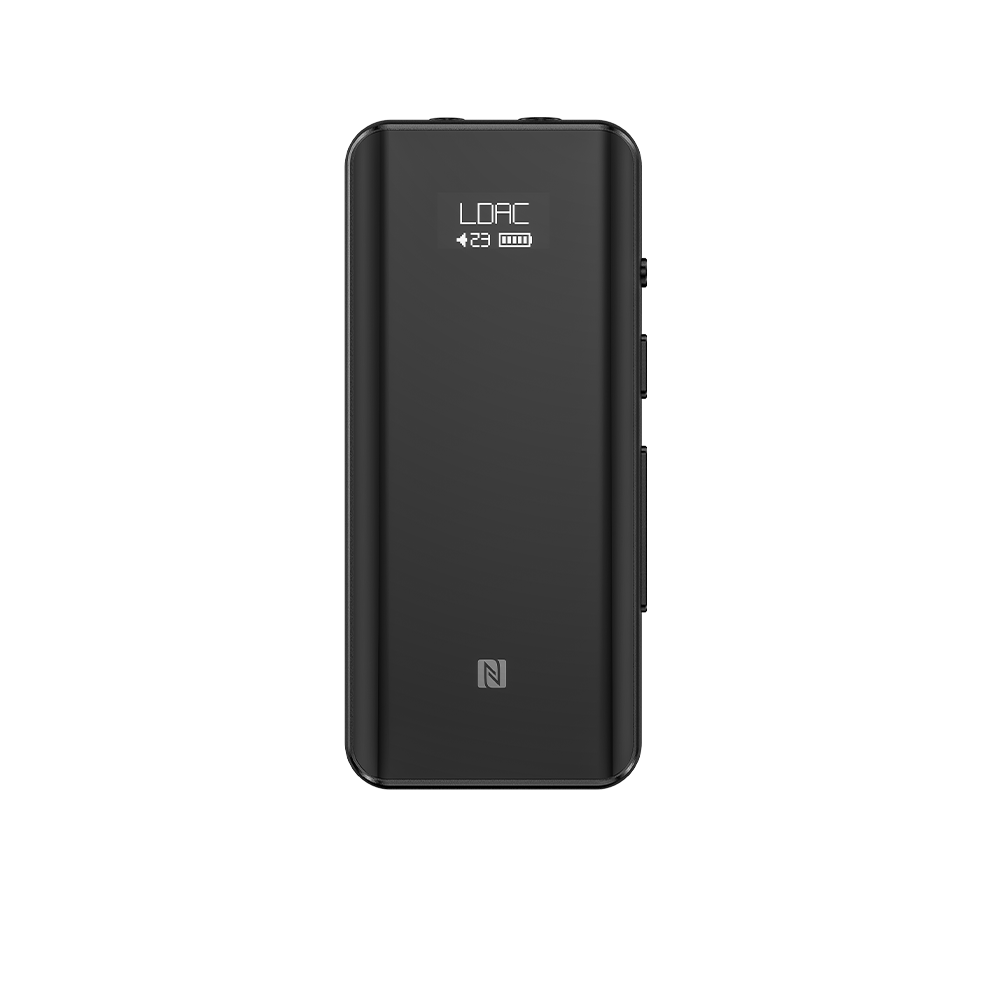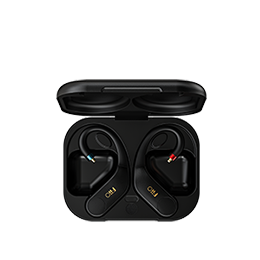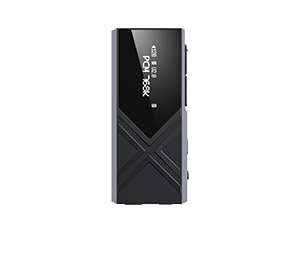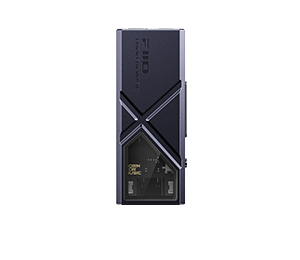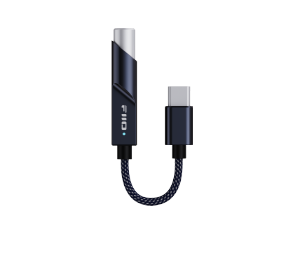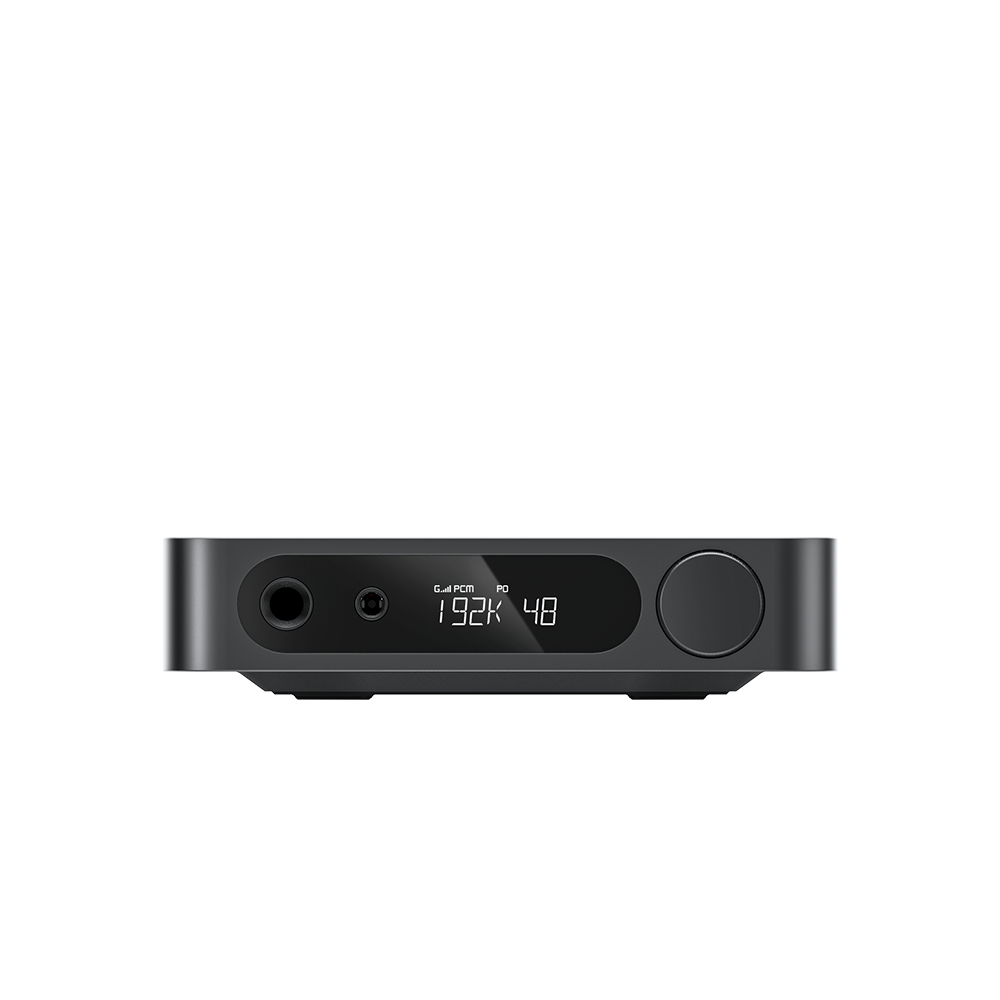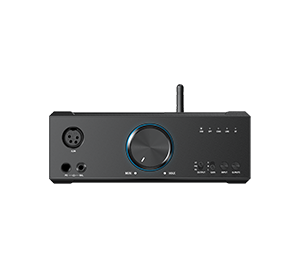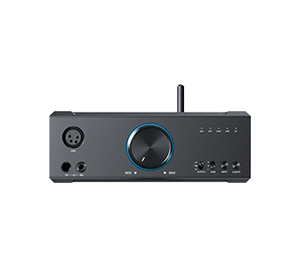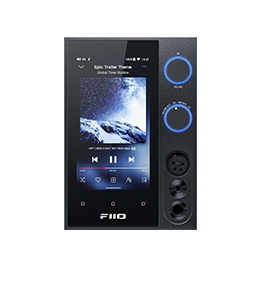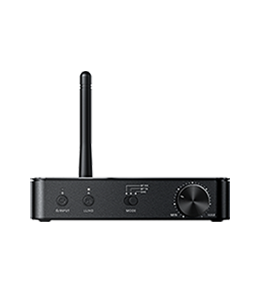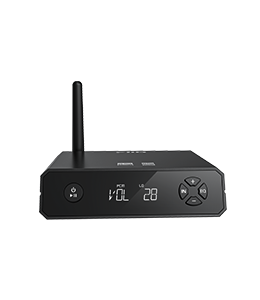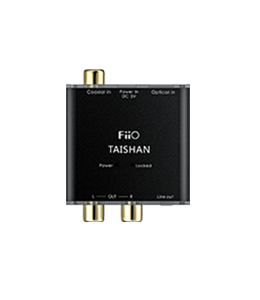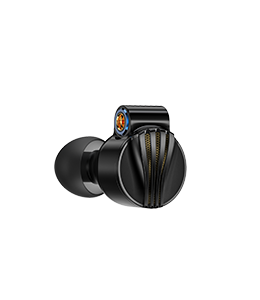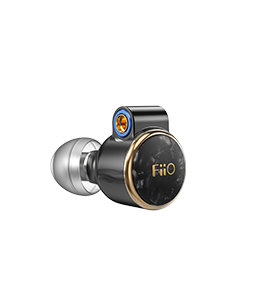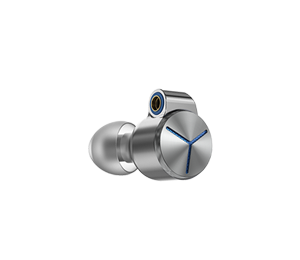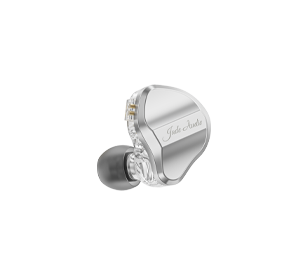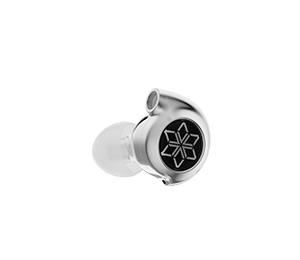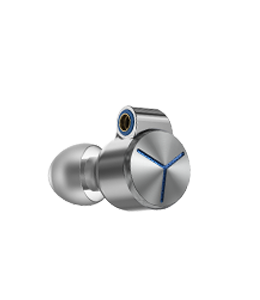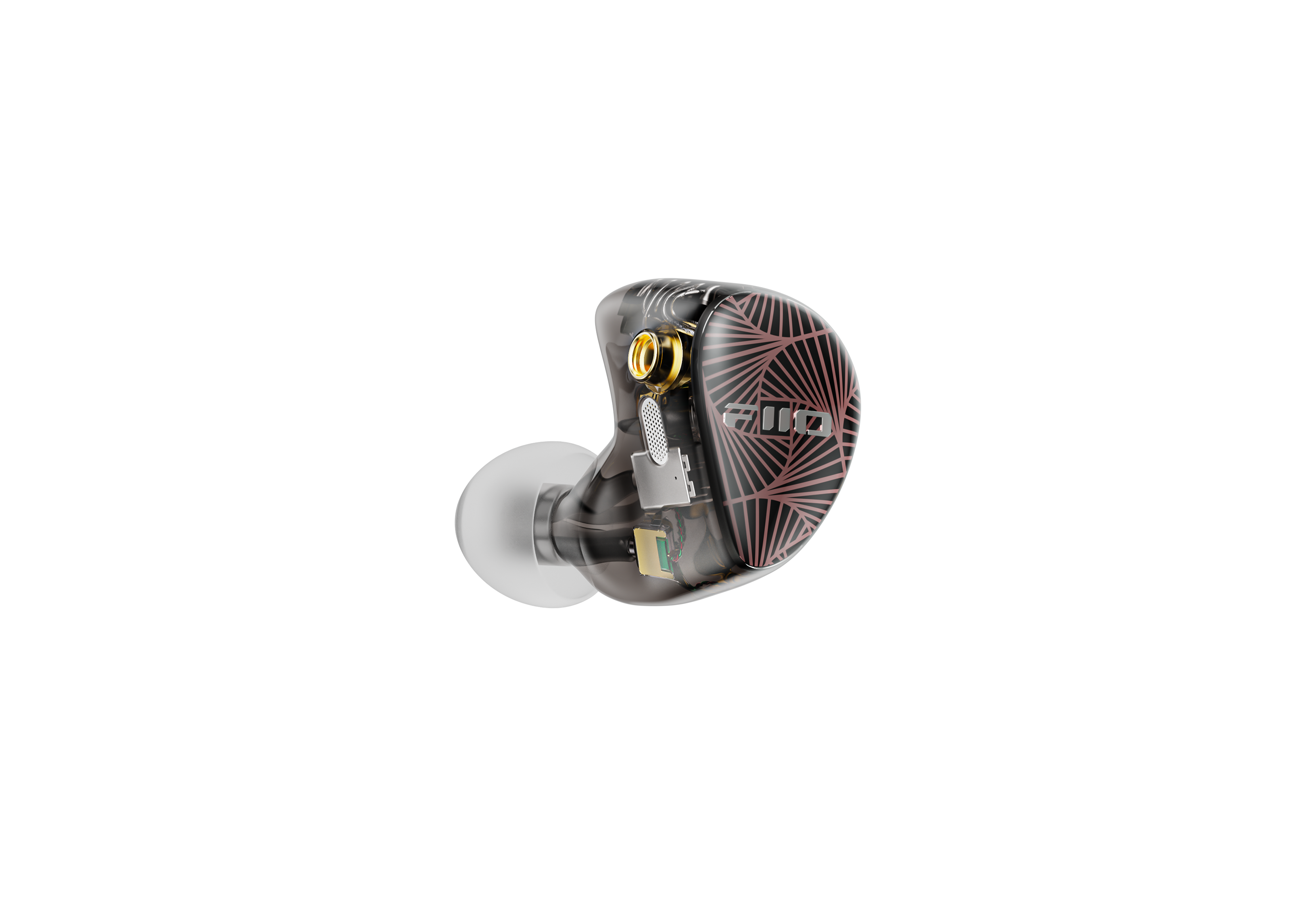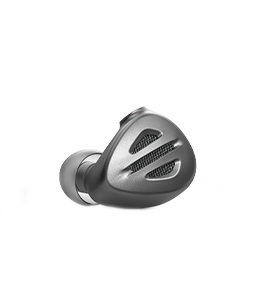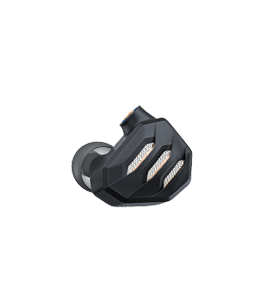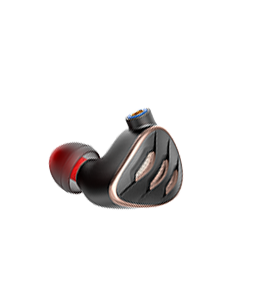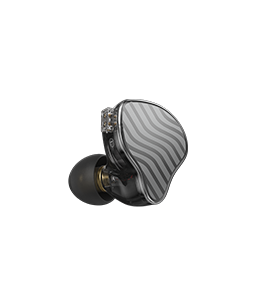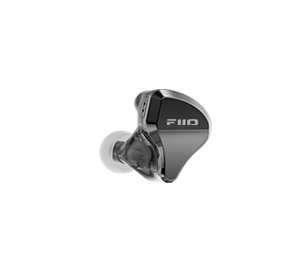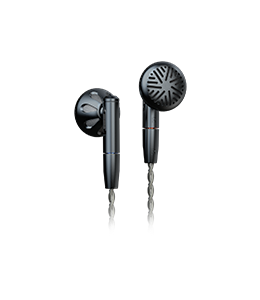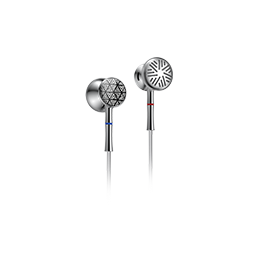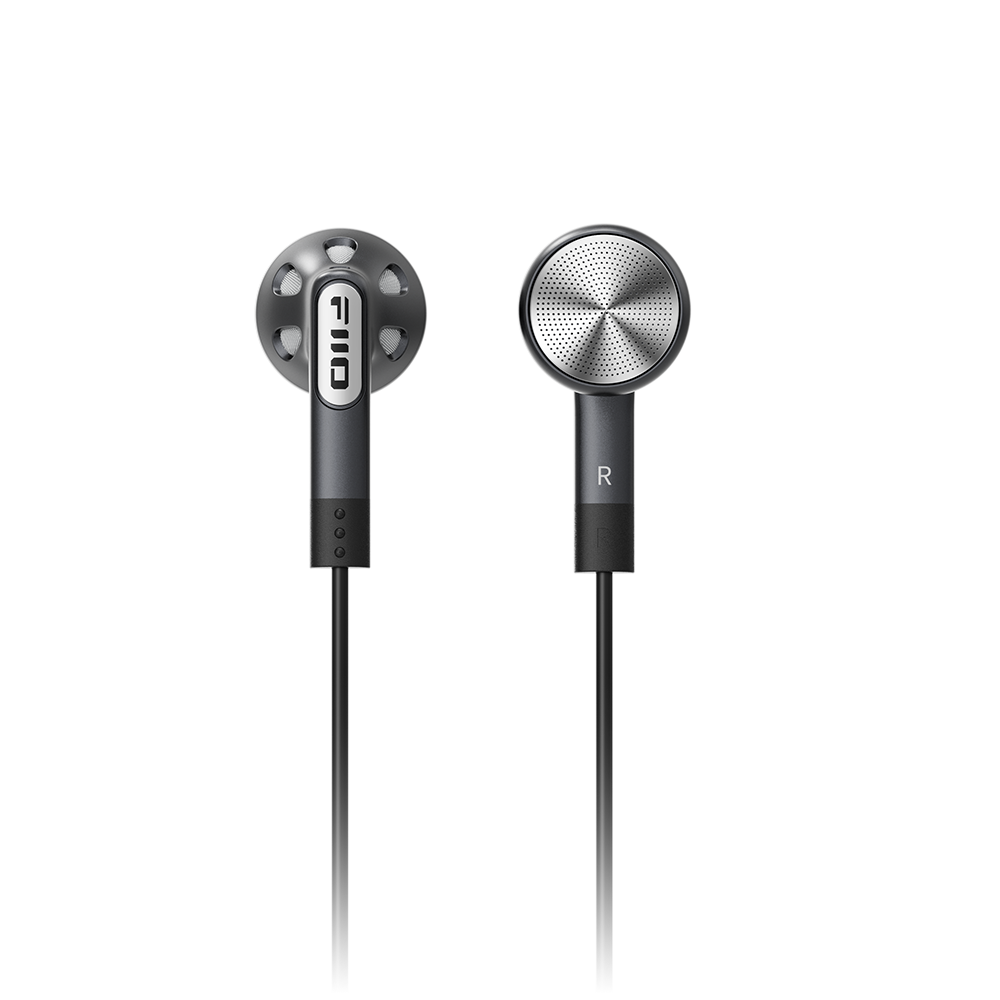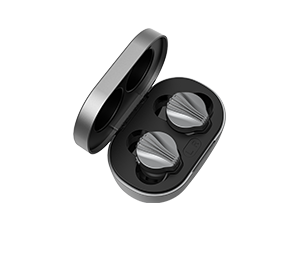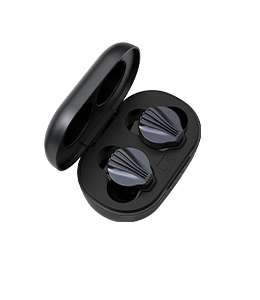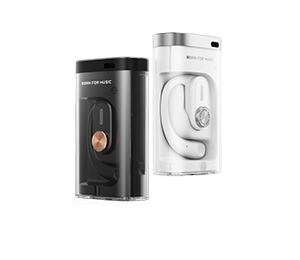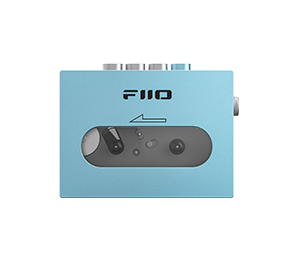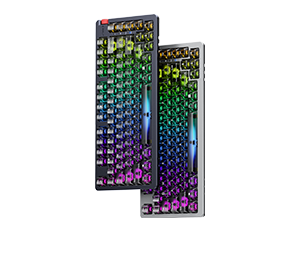FIIO E10K: A CLASSIC REBORN
Author:Lieven
Review from:Headfonia
→→ Read the original article on Headfonia:>> Click here
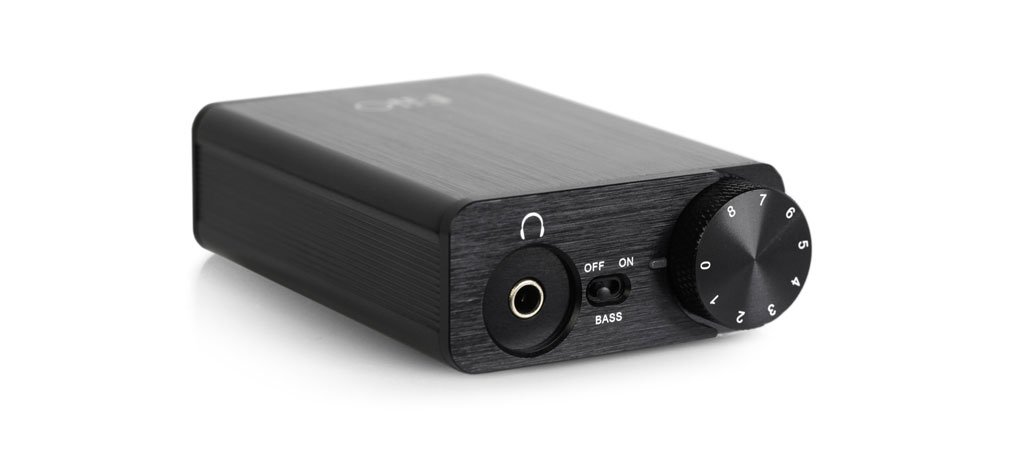
Disclaimer: Fiio sent us a free sample of the E10K aka OLYMPUS 2. No secret there.

When Fiio told me the E10 would be discontinued I was in shock. The E10? One of the, if not THE best price quality unit Fiio ever made? Why?
If my memory serves me well we even named the E10 Product of the Year back in 2011. The Original E10, which we reviewed here, was one of the first compact USB AMP/DAC combos under $100 that performed really well and it kicked a lot of the +$100 units’ ass. Luckily for us Fiio didn’t really discontinue the unit, they actually upgraded it to the E10K Olympus 2. Fiio sure likes to update their existing product line.
The Difference
Most of the upgrades were done inside the box but the lay-out of the new E10K has changed a little too. Compared to the original E10 (there was a design revision already) the new E10K has the gain button on the back instead of on the bottom and the Bass Boost switch now has a horizontal lever on the front. For the rest there are no changes and the E10K still has a 3.5mm headphone out on the front and a coaxial and 3.5mm Line OUT on the back. Just like before all connectors al gold plated. Build quality is the same as before too. The E10s, which I carry around a lot in my bag, can really take a beating and I doubt they will ever break. Size wise they are the same as well: the E10K still is tiny, measures 79 x 49.1 x 21 mm and weighs only 78g.
The first E10 used the very popular Tenor TE7022 USB receiver combined with the just as popular WM8740 DAC and AD8397 Opamp. It resulted in a typical warm and fun sound with good to huge bass depending on your bass boost preference. For the new E10K, Fiio staid faithful to the TE7022 USB receiver but they kicked out the warm sounding Wolfson DAC schip for the Texas Instruments PCM5102. The new Opamp now is the LMH6643. Maybe they could have also upgraded the Tenor because the E10K still won’t do 88.2 kS/s sample rates.
The E10K is still capable of doing 24/96 and puts out 200mW@32Ohm (<1.04Ω). It’s suitable for 16-150Ohm headphones but it can actually even handle the 300Ohm Sennheiser HD650. Of course don’t expect spectacular sound but with the Bass Boost on, it’s quite fun to listen to. The OPA1642 is in charge of the +1/+9dB gain section but I didn’t really need high gain for any of the headphones I tried it with (more in the sound part).
The Result
As I quickly mentioned before, the general sound signature of the E10 was warm and fun with good bass body. It had full mids and a reasonably open sound with inoffensive treble. Sound stage wise it wasn’t the best and the E10 never was a king for what technicalities are concerned but overall, it was really hard not to love its sound. The E10K Olympus 2 definitely is an improvement and there’s more to love.
The Olympus 2 for starters has a whole lot less floor noise than its older brother, with my CIEMs there is as good as none. Sound stage now is quite a lot bigger and you will hear more detail from bass to mids to highs. It has a cleaner and more dynamic sound, a better resolution and especially the mids and treble section has improved a lot. It’s like a veil was lifted and an extra layer of detail and qualitywas added. At the same time the old E10 sounds more aggressive and more centered than the new version. It also sounds louder at the same volume setting.
One of the most important (Fiio) features is the Bass Boost. As you can see in the graph on the next page it still has quite an impact on the sound but it’s not quite the same as it was in the previous version of this unit.
It continues after the click
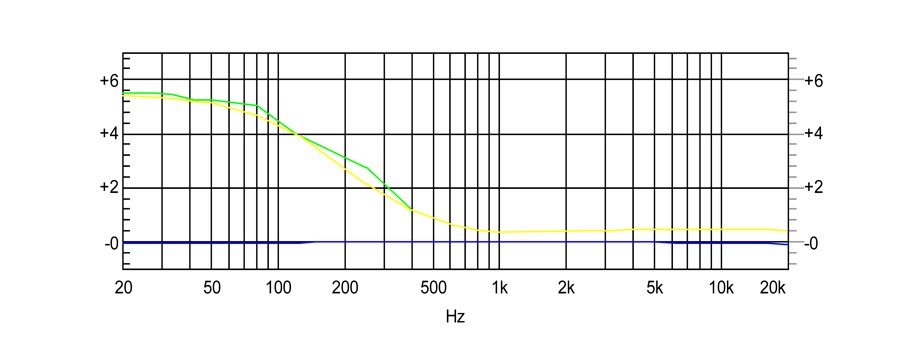
The E10K’s bass is more detailed and tighter now. With both the boost on and off, bass body of the E10K is lighter than before and that actually is a good thing. With headphones such as the Philips X2 bass can get a little overpowering on the old E10 and with the new tuning this improves a lot.
Unfortunately there still is a small issue with channel imbalance on the volume pot. This is mostly noticeable and annoying for low volume listeners and IEM users. The volume pot besides that is very quiet. I’m sure that over the course of time when dusts starts to pile up inside the unit it might get more noisy just like my other E10 units, but those are worries for later. Right now it is smooth and quiet, just how I like it.
The Competition
Ever since the E10 came out a lot of companies have entered the sub $100 USB DAC/AMP market. Some have succeeded and a lot more have failed. Making a device with good sound quality under $100 doesn’t seem to be that easy.
I’m still waiting for my new Stoner Acoustics UD120 but the E10K surely tops the original UD100 as DAC. It has more detail and it’s more musical and dynamic. I actually think the DAC part is nicer than the DAC part of the X3 (a WM8740) that can be used as a DAC only. And yes, that’s the DAC chip the old E10 had.
All other AMP/DAC combos I have here right now, like the Resonessence Herus and The CypherlabsPicollo DAC, all sound quite a bit better than the E10K but that’s only normal as they are playing on another level. I’ll surely add a comparison to the new UD120 DAC and GEEK once they arrive. Headphone wise the E10K can take on a lot. Of course I don’t advise using this for your 300 ohm Sennheisers or 250Ohm Beyers but it does work. Same goes for your orthodynamic headphones actually. While it has more than enough power to drive the Audeze LCD-XC, you won’t get it to sound great. The E10K was made for the easier to drive headphones and in my opinion this new unit is even more versatile than the old one was. With the extra detail, more clear sound, bigger sound stage and slightly lighter bass a lot more headphones are likely to sound good with the E10K. Besides the before mentioned high impedance headphones and Orthos I haven’t found a single head- and earphone in my collection I did not enjoy when using the E10K.
A New Price-Quality King
The old E10 gave you a warm, musical and fun sound. The new E10K gives you all the good things of the E10 but with more detail and clearness while keeping it very musical. The E10K of course isn’t a high end top quality sounding unit though. Keep in mind this is not even an $80 unit. That being said, the quality and musical enjoyment you get from the E10K Olympus 2 is extraordinary.
To me the update of the E10 to the E10K is a big success, I think it’s better than the E11K upgrade actually. I am sure the E10K will be here for many more years. I bought three E10s myself and one just serves as a USB to Coax convertor in a desktop setup. These little units are so versatile it’s hard not to love them for the small price they’re selling for. It only costs $75.99 on Amazon.com and I even found it for 65.99€ on Audiogarden.fr.
Looking at what the E10K does and how it sounds there can be only one conclusion: The E10K Olympus 2 is the new Price-Quality King in the low budget AMP/DAC combo market. Heck, I’m even sure it outperforms a lot of the more expensive units as well.
I did forget to mention that the E10K, just like the new E11K now comes in a new box. Unfortunately you don’t get those lovely metal boxes anymore and that’s too bad. They were quite fun to have and to use for other things but this alone will not make it any less of a King. The new E10K is still a Headfonia favorite.






